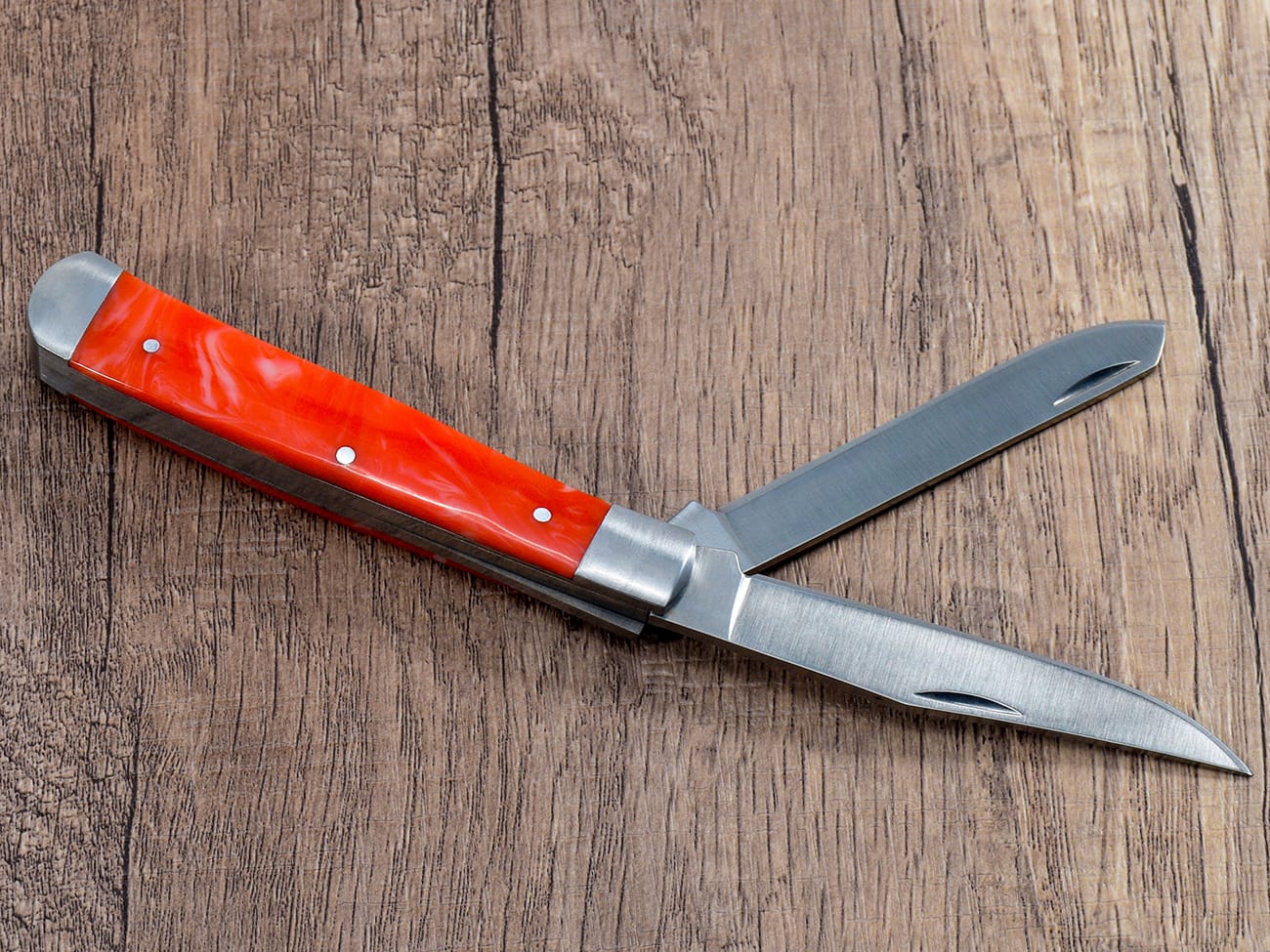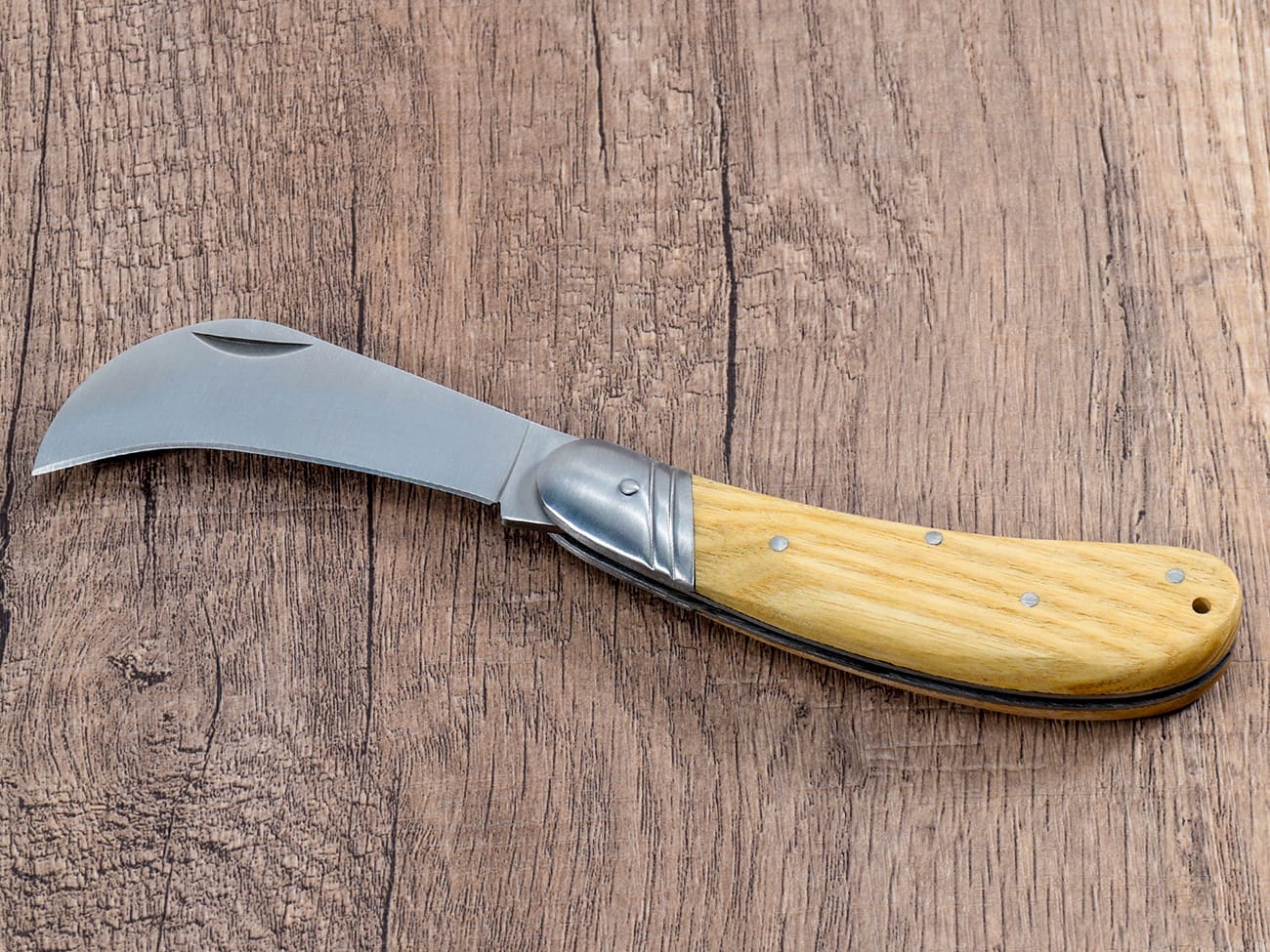In today’s educational environment, understanding the rules and regulations around carrying pocket knives on school grounds is crucial for teachers. This comprehensive guide explores the legal implications, policies, and practical considerations regarding teachers carrying pocket knives in school settings. Whether you’re an educator or administrator, this article will help you navigate this complex topic while ensuring compliance with school safety protocols.
What Are the General Laws Regarding Weapons on School Grounds?
The laws regarding knife carry on school property are typically strict and well-defined. Most jurisdictions classify schools as weapon-free zones, where carrying any type of knife, including a folding knife with a blade, is prohibited. This applies to both public and private schools, and violations can result in serious consequences.School safety policies generally prohibit weapons of any kind, including:
- Firearms
- Knives (including pocketknives)
- Other dangerous weapons
- Multi tools with knife components
Are There Any Exceptions for Teachers?
While most schools maintain a zero tolerance policy regarding weapons, there may be limited exceptions for teachers in specific circumstances. These typically include:
- Shop teachers using tools for instruction
- Art teachers using specific cutting tools
- Vocational education instructors
- Teachers who need tools to open boxes or packages

A practical EDC knife suitable for general utility purposes
What Are the Potential Consequences of Carrying a Knife to School?
Carrying a knife on school property can lead to serious repercussions:
- Legal consequences:
- Misdemeanor charges
- Potential felony charges
- Fines and penalties
- Professional consequences:
- Disciplinary action
- Suspension
- Possible termination
- Loss of teaching license
Understanding School District Policies on Pocket Knives
Each school district typically has its own weapons policy regarding knife carry. These policies usually address:
- Specific definitions of prohibited weapons
- Exceptions for educational purposes
- Reporting requirements
- Disciplinary procedures
What Types of Knives Are Typically Prohibited?
Schools generally prohibit all types of knives, including:
- Common pocket knives
- Switchblade knives
- Box cutters
- Multi-tools with knife blades
- Utility knives
How Can Teachers Legally Use Cutting Tools in School?
For teachers who need cutting tools for legitimate educational purposes:
- Obtain proper authorization
- Keep tools secured when not in use
- Use only during supervised activities
- Document all usage
- Follow strict safety protocols
Alternatives to Carrying a Pocket Knife
Teachers can consider these alternatives for common cutting tasks:
- Safety scissors
- Approved box cutters
- Plastic letter openers
- Pre-cut materials
- Requesting assistance from maintenance staff
Special Considerations for Vocational and Technical Teachers
Vocational and technical education teachers often have different requirements:
- Special permissions may be granted
- Strict storage protocols must be followed
- Usage limited to specific classroom activities
- Additional safety training required
Best Practices for Teachers Who Need Cutting Tools
If you must use cutting tools in an educational setting:
- Always obtain written permission
- Keep detailed records
- Store tools securely
- Never leave tools unattended
- Train students in proper safety procedures
Key Points to Remember
- Most schools prohibit all knives on school property
- Exceptions must be formally approved
- Written policies should be followed strictly
- Safety must always be the primary concern
- Alternative tools should be considered first
- Documentation is crucial for compliance
Important Takeaways:
- Always check your school’s specific policies
- Never assume exceptions without written approval
- Keep all necessary documentation current
- Prioritize student safety above convenience
- Consider safer alternatives when possible
- Report any policy violations promptly
By following these guidelines and understanding the applicable laws and policies, teachers can ensure they remain compliant while still meeting their educational needs. Remember that school safety is paramount, and any exceptions to weapons policies must be carefully considered and properly documented.




